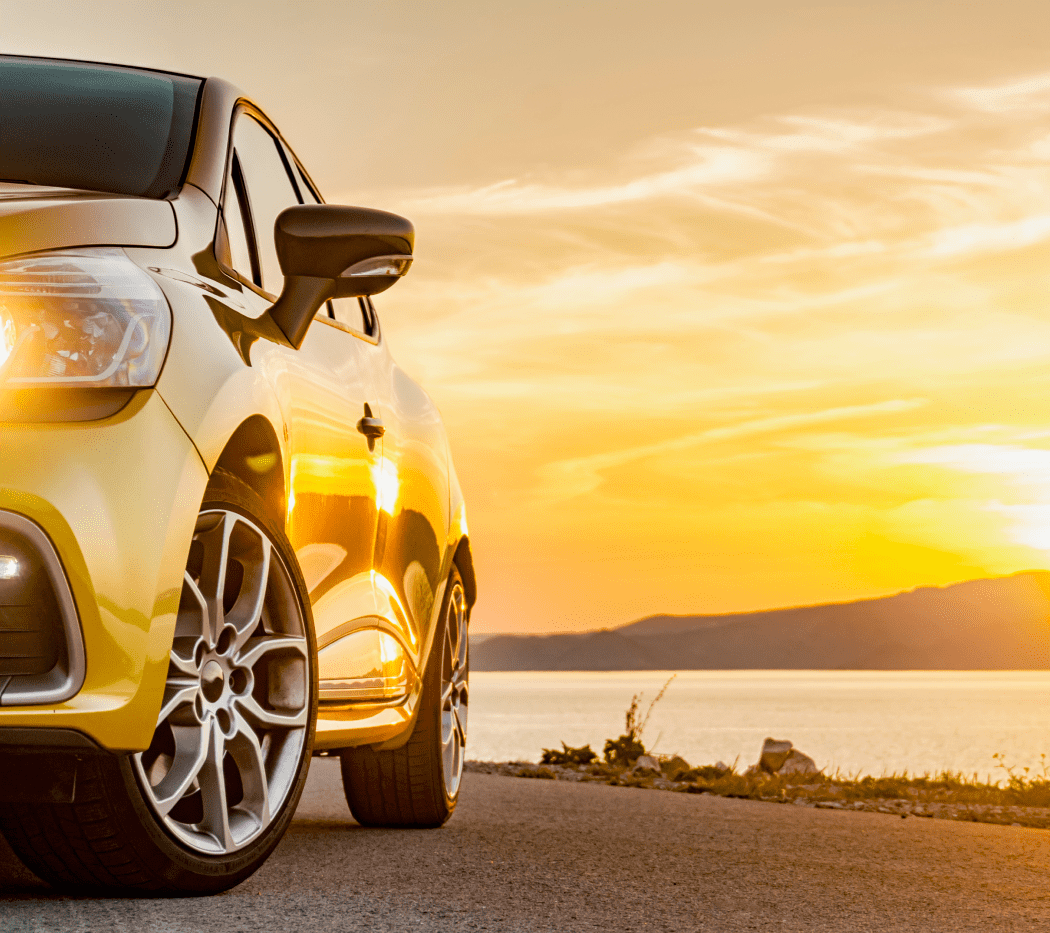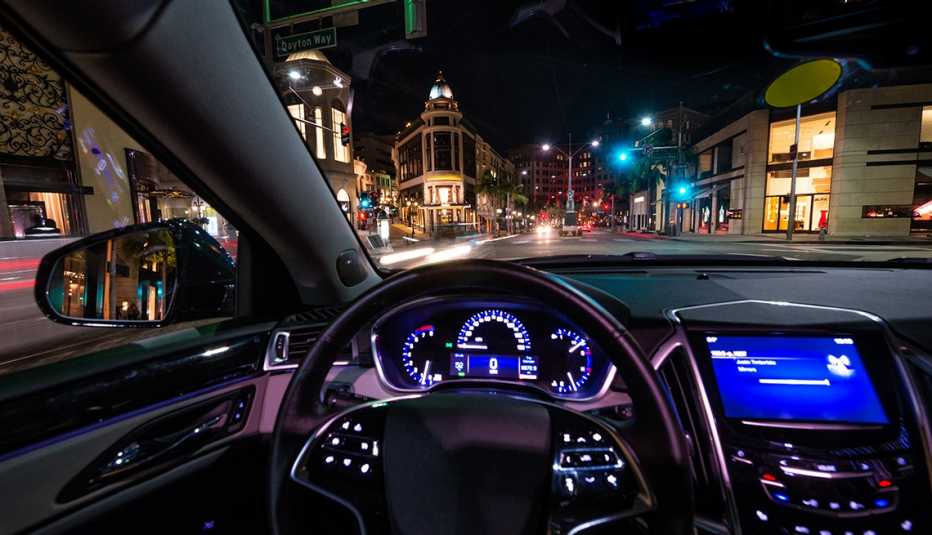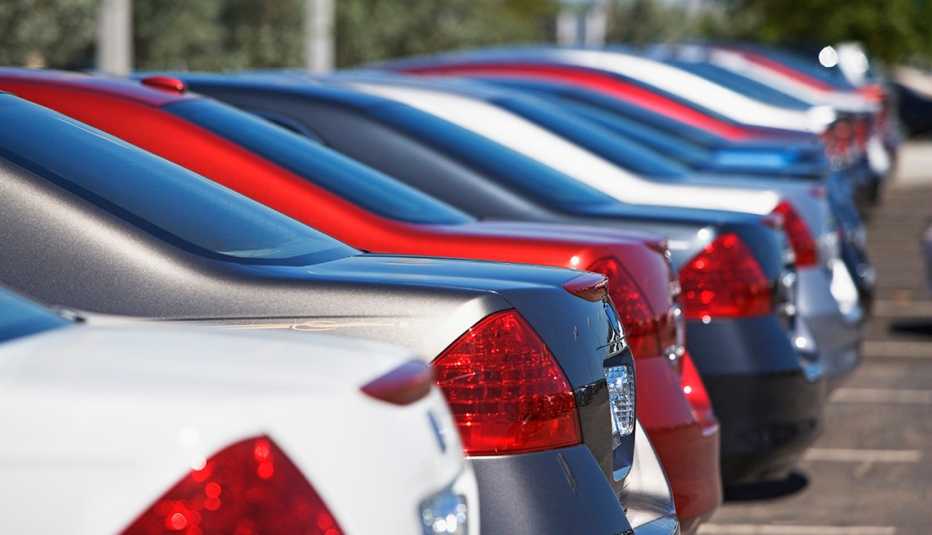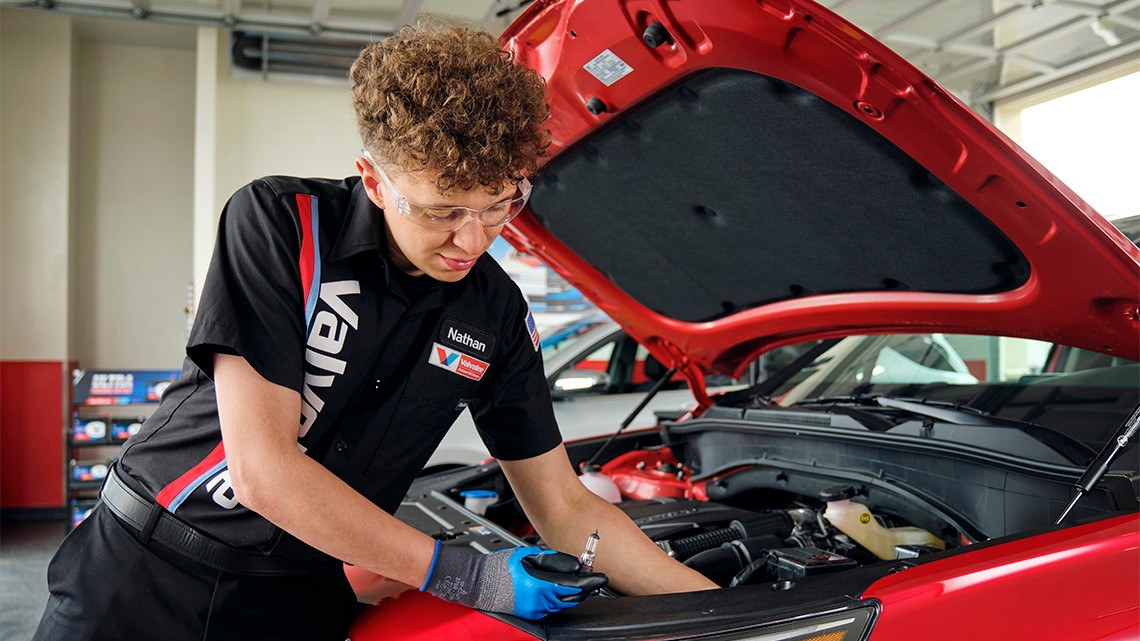Staying Fit
A lease gives you the responsibilities of owning a car — insurance, registration fees, inspections, legal liability — but you aren't the owner. The bank or leasing company is. That arrangement doesn't appeal to everyone, but there are definitely benefits to leasing over buying a new car. For one, a lease usually offers lower monthly payments. Plus, particularly of note to older drivers, you get new technology and safety features every few years. And a lease typically is 36 months or 36,000 miles, so it matches the warranty of most cars, sparing you unexpected fix-it costs.


Even better: If it’s your first lease, you probably have a used car to trade in as part of the deal, which will cut your payments. (Just keep in mind that you won’t have that advantage when it’s time to lease again.)


AARP Membership— $12 for your first year when you sign up for Automatic Renewal
Get instant access to members-only products and hundreds of discounts, a free second membership, and a subscription to AARP the Magazine.
In fact, the lure of leasing’s lower payments is strong enough that nearly one third — 31.3 percent — of new car transactions were leases in the first half of 2018, up from 25.7 percent during the first half of 2013, the auto-research and -shopping site Edmunds.com tells us.
Here’s a simplified example of why leasing can be so attractive, using data from carpaymentcalculator.net.
You find a 2018 Honda CR-V, one of the best-selling SUVs in the U.S., for $33,500 ($35,000 out the door with taxes and other fees). You have a trade-in worth $10,000, and you find a deal that requires no immediate payment when you sign the lease. A three-year loan at 5 percent, about average right now, according to Bankrate.com, makes your monthly payment a hefty $749. A three-year lease cuts the monthly hit to $287.
Wow. You’d need an eight-year loan to get a loan payment close to the lease’s. Yes, you’d keep the car after the loan was paid, but how long would you want to?
Here's what to consider.
Pick the right car. You're paying for depreciation in a lease, so choosing a car that holds its value lowers your lease payment. But that limits choices: How about a Toyota, or a Toyota, or a Toyota? The brand’s Tacoma midsize pickup, Tundra full-size pickup, and 4Runner SUV hold the top three slots in Kelley Blue Book’s 2018 awards for best resale value. They're worth roughly 65 to 70 percent of their new value after three years.
The data is broken into segments, so at least you can find the top dogs within, say, the sedan or minivan or SUV categories. (We used kbb.com’s depreciation forecasts in the CR-V example above.) The Jeep Wrangler and five pickups trail the three top Toyotas. The first actual car is a Subaru WRX, a high-performance sedan, at No. 10.
“Vehicles that are popular and have good resale value — SUVs, Toyotas,” are best from a financial standpoint, says Ronald Montoya, senior consumer advice editor at Edmunds.com.
Understand the deal. Leases “have a lot of variables,” Montoya says, perhaps understating the case.
First, the price is negotiable — though, as when buying a car, expect resistance from dealers. You can see what similar new models sell for in your area by using Truecar.com, kbb.com, Edmunds.com. You also can get a purchase quote from the dealership’s internet department before you go to the showroom. It's hard for the salesperson to quibble with that.
The agreed-upon price, plus fees (sales tax and the seemingly inescapable dealer documentation or transaction fee, for instance), minus the car’s projected worth at the end of the lease, becomes the basic amount you repay. That’s the capitalized cost, or “cap cost” in lease-speak.






































































